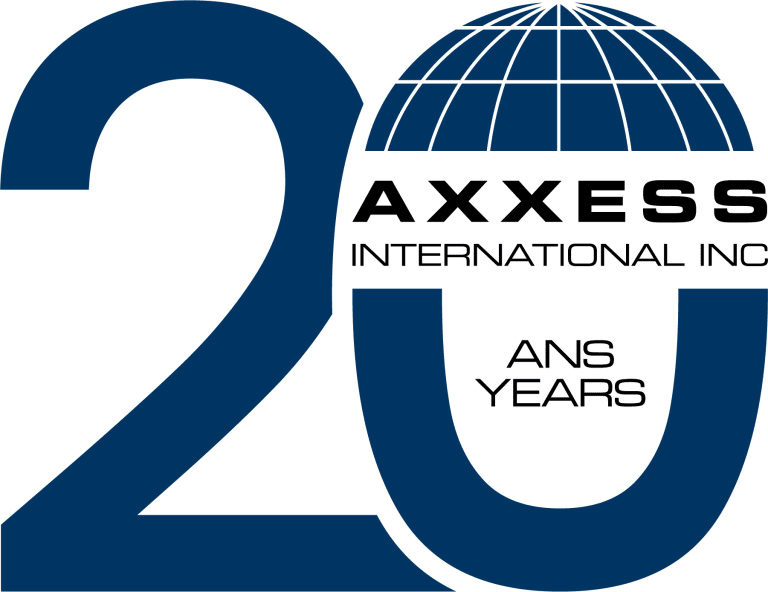Veuillez noter que certaines nouvelles de transport international ainsi que les nouvelles américaines sont disponibles en anglais seulement.
The U.S. Trade Representative (USTR) announced last week a comprehensive plan to challenge China’s dominance in maritime sectors and boost American shipbuilding through a targeted fee structure on Chinese vessels and operators.
The action plan will be implemented in two distinct phases.
The first phase begins with a 180-day grace period during which no fees will be charged. Afterwards, the USTR will implement fees on Chinese vessel owners and operators based on net tonnage of vessel capacity per U.S. voyage. The fee basis will be $50 per net ton, increasing annually over 3 years in $30 increments each year, to $140 per net ton in 2028. The fee will be assessed on the first point of entry per rotation/string, and is capped at five assessed fees per year.
The fees will also be applicable on a “non-discriminatory basis,” meaning fees will also apply to operators using Chinese-built vessels, regardless of the operator’s nationality, at a lower rate. For example, for non-Chinese operators of China-built ships, fees will be assessed at a rate of $18 per net ton or $120 per discharged container, whichever is higher. Rates will also increase incrementally by $5 per net ton until 2028, maxing out at $33 per net ton or $250 per container discharged. This fee will also be charged up to five times per year, per vessel.
Individual vessels will face a cap of five assessed fees per year. The fees will also be applied only at the first U.S. port of entry per rotation/string of calls.
Notably, the final action plan excludes previously proposed measures such as the $1 million to $1.5 million flat per port entry fees for operators with high shares of Chinese-built vessels and fees based on future orders of Chinese-built ships.
Phase two of the trade action will focus on the LNG sector.
Read more in an article from gCaptain.





